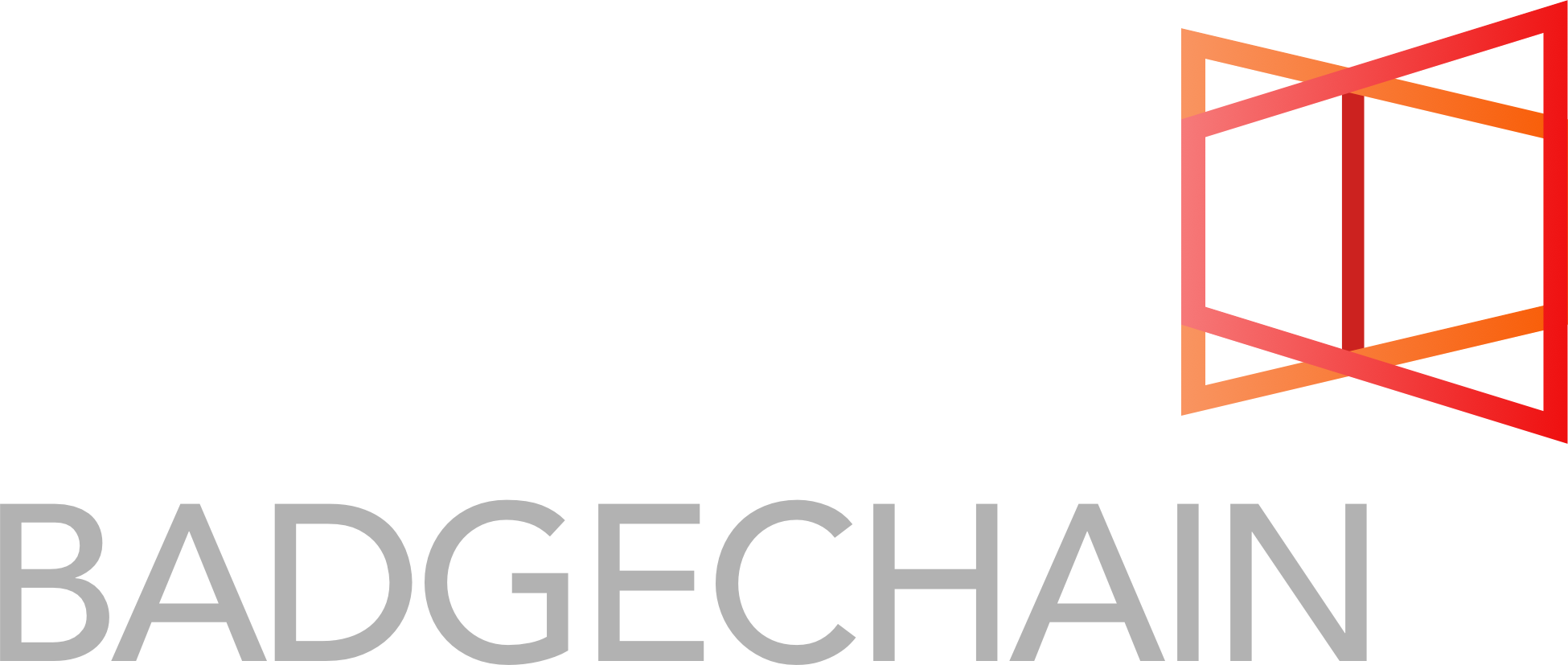1088, Bologna gave birth to the world’s first University. Centuries later, in 1999, Bologna hosted the ministers of education of 29 European countries to adopt the Bologna Declaration setting-up the European Higher Education Area. The ambition of ePIC 2016 is to associate the name of the great city of Bologna to one grand ambition: making learners and citizens the leaders of educational and social innovation!
After having explored the power — and limits — of ePortfolios, then Open Badges, as instruments for educational and social innovation, we are very excited at the perspective of introducing a new theme to this year’s conference: the blockchain (also referred to as Distributed Ledger) the technology underpinning Bitcoins, the alternative currency revolutionising the world of finance and beyond. While ePortfolios and Open Badges developed their own idiosyncratic technologies, the advent of the blockchain, a general purpose technology used by a wide range of innovative services well beyond the world of finance, could be the tipping point to eventually achieve the initial goals of educational and social innovation set by the early ePortfolio and Open Badge practitioners.
A blockchain is the historical record of all the transactions between the participants (nodes) of a network. This record is referred to as a ledger, the artefact accountants use for book keeping. Adding new entries to the ledger, or modifying existing ones, is done by adding a new block to the chain.
Ledgers are unfalsifiable. This is done by providing a copy of the full ledger to all members of the network and defining an ingenious protocol for adding new blocks to the chain so that even if someone tried to add an invalid block, the network would detect the fraud and reject the chain containing the invalid block.
What makes blockchains particularly interesting is that there is no need for a trusted authority to ensure the trustworthiness of transactions. Nor does one need permission for creating one’s own blockchain — Bitcoins would never have existed, had their creators asked banks and governments the authorisation to proceed! Blockchains give us the power to re-create a bank without a bank, Uber without Uber, Facebook without Facebook and LinkedIn without LinkedIn — in fact, a blockchain-based LinkedIn would be far superior to the current one!
There are now hundreds of initiatives exploring the power of blockchains to address a wide range of needs well beyond the world of finance, from land registry to healthcare services, ride sharing, voting and education*. Recently Airbnb acquired bitcoin and blockchain experts — to recreate Airbnb???
How could blockchains impact ePortfolios, Open Badges (and more!)?
What blockchains allow is a clean separation between the storage of data and the associated services — the blockchain is first and foremost a [trustworthy] storage mechanism. The same blockchain could be used to store badges, and prior to that, the evidence submitted to get a badge such as references to work, artefacts, achievements, testimonies and more. From the data stored in the blockchain multiple services could feed-in and be fed-from: resumé builders, accreditation portfolios, learning and assessment plans, etc.

As a storage mechanism, a blockchain provides a function similar to an ePortfolio repository. Yet, there are major differences: 1) it is a trustworthy record, 2) it is stored in a shared space independently from any ePortfolio platform, 3) it can be fed-in automatically, 4) data mining can be used to provide feedback in real time. Imagine what would be possible if Moodle, Canvas, Mahara, PebblePad, Badgr, the Open Badge Passport and other applications made use of the same repository and if that repository was open to other applications and services under the control of learners!
One of the powerful features blockchains now provide is the possibility to execute smart contracts (a small piece of code) something that could be handy for example to set conditions for keeping a credential current: “this badge will be revoked after one year, unless getting at least 5 endorsements each year from 5 different peers holding an equivalent or superior badge.”
The name we have given to that particular blockchain is Personal Ledger, i.e. the trustworthy record of one’s personal assets. Personal Ledgers could be combined to create Community Ledgers and Organisational Ledgers, thus creating a seamless continuum of learning individuals, learning communities, learning organisations, learning cities and territories**.
Shall Personal Ledgers prevail and transform the world of learning, its technologies and practices? Or shall institutions assimilate blockchains to continue business as usual? Shall ePortfolios, Open Badges and other technologies unite to create a seamless learning environment? Or shall a learning landscape remain a discontinuity of independent silos? The work has just started — c.f. below the information on the Open Badge Passport and the BadgeChain initiatives.
Join us In Bologna to meet the experts, practitioners learners and citizens leading educational and social innovation
Serge Ravet, ePIC 2016
* For an overview of current development based on Ethereum, one of the platforms to create blockchains, see dapps.ethercasts.com. Other main Blockchain creation platforms include Hyperledger (IBM) and Multichain.
** Conversely, a Personal Ledger could be a personal “view” on a collection of various ledgers. The point is only about eliciting the fluidity between the different contexts where learning takes place, not a technical choice — it’s much too early for that!
Originally published at www.learningfutures.eu on April 19, 2016.

Follow Us